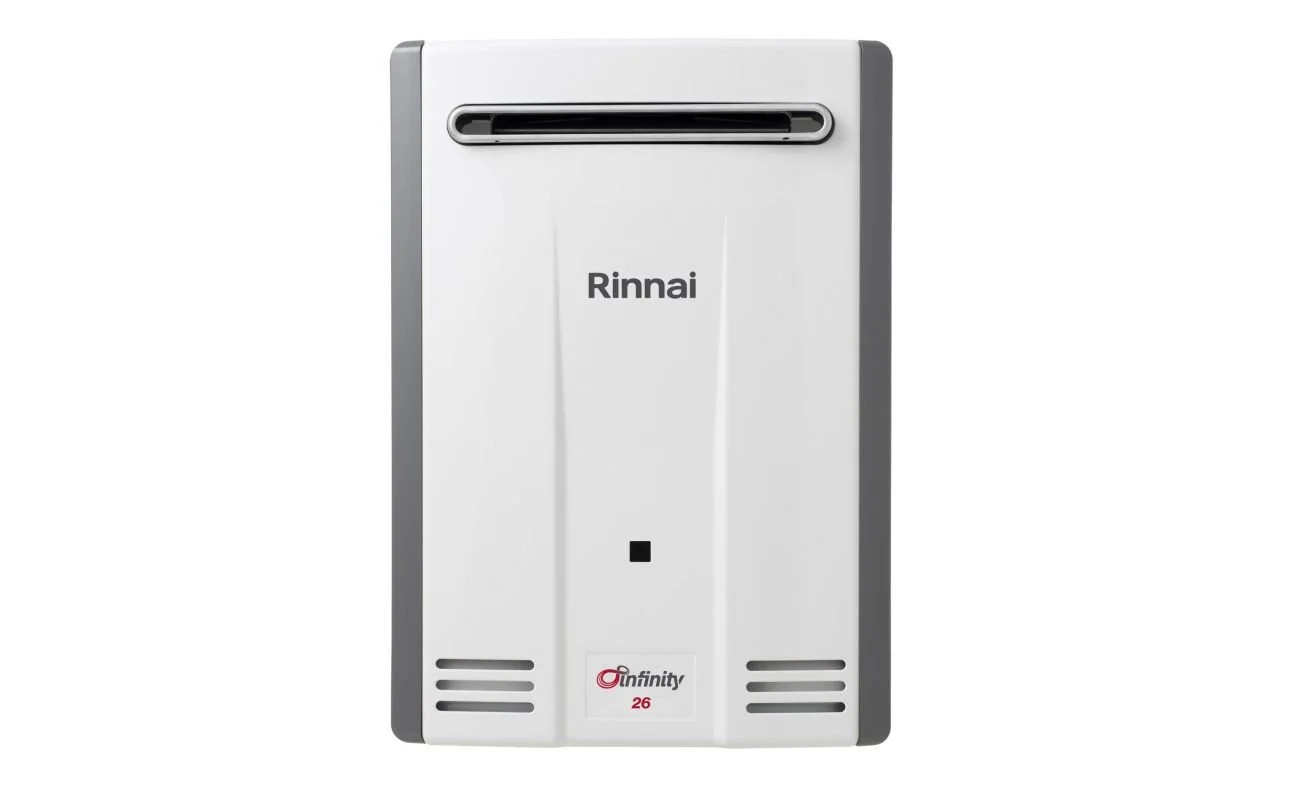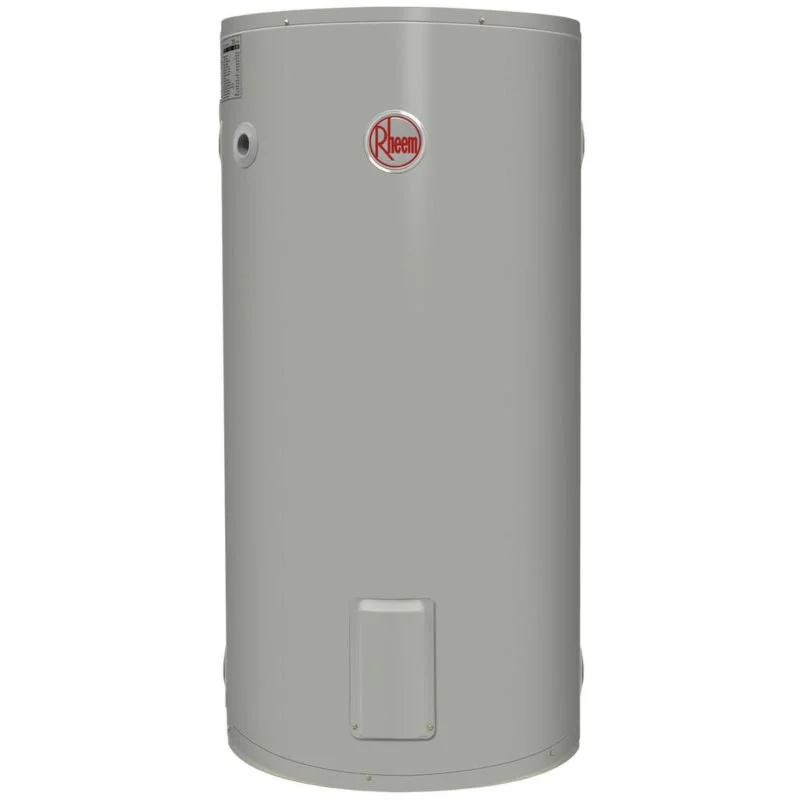Choosing the Right Hot Water System for Off-Grid Living in Australia
When living off-grid in Australia, every watt of energy matters. Whether you're powering a remote homestead, a tiny house, or a bush retreat, your choice of hot water system can make or break your solar and battery setup. Hot water heating is often the second-largest energy consumer in a household (after heating and cooling), so selecting the right system is crucial to preserve battery storage, reduce generator use, and maintain comfort.
In this article, we’ll compare four major types of hot water systems—heat pump, traditional electric, solar thermal, and gas—with a focus on their performance in off-grid solar applications. We’ll rank them in terms of efficiency, assess their energy demands, and help you decide which system best suits your off-grid lifestyle.
Efficiency Rankings: Best to Worst
Heat Pump Hot Water System
Solar Thermal Hot Water System (with booster)
Gas Hot Water System (LPG or bottled gas)
Traditional Electric Hot Water System
Example: iStore 270L Heat Pump
1. Heat Pump Hot Water System
How It Works
Heat pumps work like reverse refrigerators. They extract heat from the surrounding air and transfer it into water. The iStore 270L, for instance, uses a refrigeration cycle to heat 270 litres of water with only about 0.94 kWh of electricity per day—making it ideal for solar-powered homes that are off-grid.
Efficiency and Solar Compatibility
Heat pumps offer a Coefficient of Performance (COP) of 3 to 4, meaning they generate 3–4 times the heat energy from every unit of electricity consumed. This makes them the most energy-efficient electric option available today.
When connected to an off-grid solar system, a heat pump can operate during the middle of the day, using surplus solar power when the sun is shining and batteries are typically full. This reduces strain on your batteries and avoids the need for overnight operation. If you do require hot water at night, the load on your battery system will be minimal.
Battery Storage Considerations
Heat pumps are battery-friendly because they:
Use relatively little energy (approx. 1 kWh per cycle)
Can be programmed to run during solar production hours
Avoid overnight energy drain
Have short heating cycles (2–3 hours daily)
Pro tip: Pairing your heat pump with a smart controller or timer ensures it only runs when solar power is available, preserving your battery for lighting, refrigeration, and essential appliances overnight.
Verdict
✅ Best choice for off-grid systems prioritising energy efficiency and battery optimisation.
Example: Rinnai Sunmaster 330L (with electric or gas booster)
2. Solar Thermal Hot Water System
How It Works
A solar thermal system uses roof-mounted collectors to capture sunlight and transfer that heat into a storage tank. On days when solar gain is insufficient, an electric or gas booster kicks in to maintain water temperature.
There are two types:
Thermosiphon systems (tank on the roof)
Split systems (panels on roof, tank on ground, pump-driven)
Efficiency and Solar Compatibility
Solar thermal systems can meet 60–80% of your annual hot water needs using only free sunlight. The booster adds reliability but also consumes electricity or gas, depending on the model.
In off-grid applications, it's best to use a gas booster to avoid putting pressure on your battery bank, especially in winter or overcast periods.
Battery Storage Considerations
With an electric booster, the system may require 2–4 kWh during cloudy days—usually at night when solar power is unavailable. This can drain batteries or trigger a generator unless carefully managed.
A gas-boosted solar system is far better suited to off-grid setups, allowing you to benefit from solar thermal efficiency without relying on battery-stored electricity.
Verdict
✅ Excellent second choice, especially if using a gas booster. Maximise solar thermal gains and minimise electric backup.
Example: Rinnai Infinity 26 (LPG continuous flow)
3. Gas Hot Water System
How It Works
Gas systems heat water using a burner. The Rinnai Infinity 26 is a continuous flow system, meaning it heats water on demand—no tank required. It only operates when a hot water tap is opened.
In off-grid situations, gas systems typically run on LPG bottles, as natural gas is unavailable.
Efficiency and Solar Compatibility
While not as efficient as solar or heat pump systems in pure energy terms, gas systems don’t rely on electricity, making them ideal for off-grid setups with limited battery capacity.
The Rinnai Infinity 26, for example, uses about 0.5–1.5 kg of LPG per day for a typical family’s hot water needs.
Battery Storage Considerations
Gas systems shine in off-grid solar homes because they:
Don’t consume electricity
Eliminate battery drain at night
Provide reliable hot water in any weather
Caveat: LPG costs can add up over time and regular bottle replacements are needed in remote areas.
Verdict
✅ Best for backup or full-time use when you want to avoid electric heating altogether. Great for winter months or low-solar locations.
Example: Rheem 250L Electric Storage
4. Traditional Electric Hot Water System
How It Works
Traditional electric storage systems use a resistive heating element to heat and store water in an insulated tank. The thermostat maintains a constant temperature, cycling the element on and off as needed.
Efficiency and Solar Compatibility
These systems have a COP of 1.0, meaning they convert electricity directly to heat without amplifying its output. A 250L system can use 4–6 kWh per day, a massive load on an off-grid solar and battery system—especially during cloudy periods.
Battery Storage Considerations
Traditional electric systems are the least battery-friendly option, because they:
Draw large amounts of power (often at night)
May trigger generator use
Compete with other essential loads
You’d need a very large solar and battery setup (and often a backup generator) to reliably support this system in an off-grid home.
Verdict
❌ Least efficient and hardest on batteries. Only suitable with generator backup or in high-capacity off-grid systems.
Summary Table: Off-Grid Hot Water System Comparison
Key Considerations When Choosing for Off-Grid Solar
1. Timing of Energy Use
Systems that run during the day (e.g. heat pumps with timers) help you use surplus solar generation and reduce night-time battery drain.
Systems that operate at night (e.g. electric storage) are inefficient off-grid unless supported by a large battery or generator.
2. Climate
In sunny areas, solar thermal systems perform very well.
In colder or shaded locations, consider a heat pump or LPG system for reliability.
3. Household Size
Larger households may benefit from continuous flow systems to avoid running out of hot water.
Smaller households can get away with smaller heat pump or thermal setups.
4. Backup Power
If your system frequently draws from batteries at night, consider a generator as backup, especially in winter.
The Ideal Setup for Most Off-Grid Homes
The best all-round hot water solution for most off-grid Australian households is:
☀️ Primary: Heat Pump (e.g. iStore 270L)
🔥 Backup: LPG Gas Booster (or generator-connected electric boost)
🕒 Control: Run the heat pump only during peak solar production hours
This setup gives you:
Maximum solar utilisation
Minimal battery impact
Year-round reliability
Conclusion
Choosing the right hot water system for off-grid solar living in Australia isn’t just about comfort—it's about efficiency, energy balance, and long-term sustainability. With rising energy costs and growing demand for independent living, optimising your hot water system can greatly improve your solar system's performance and reduce your reliance on fossil fuels.
By carefully matching your household’s needs with the right system—whether that’s a high-efficiency heat pump, solar thermal with gas backup, or a robust LPG setup—you’ll enjoy hot showers without worrying about draining your batteries.






